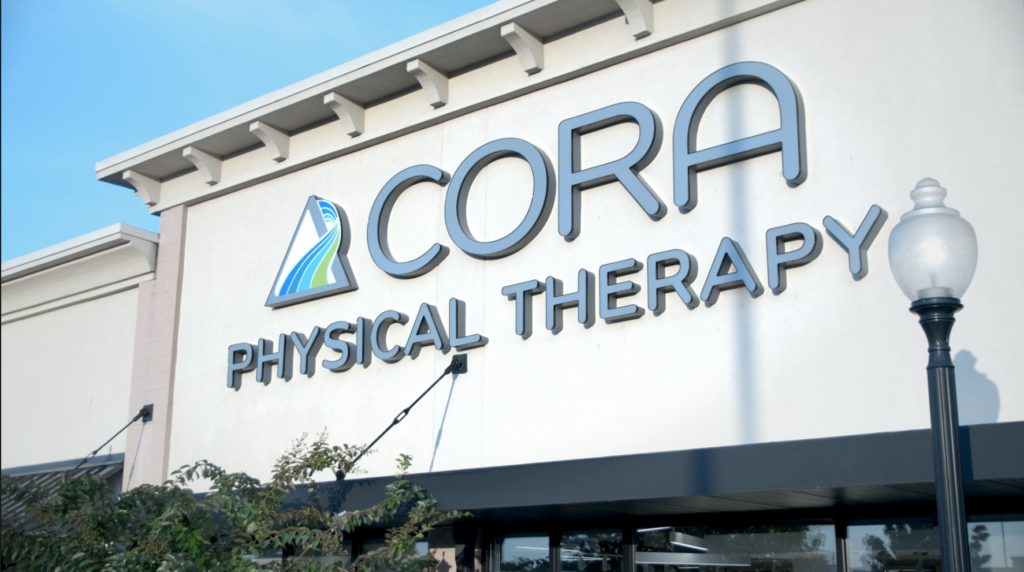
The wait and see approach can hurt! Taking action can mean immediate relief for low back pain and sciatica, study reveals.
You have heard this word many times. But what is Sciatica? And more importantly what can you do about it?
Sciatica occurs when pain radiates along the sciatic nerve. This is a large nerve that starts in the low back and runs down the back of the leg. It is usually caused by a herniated disc or a bone spur or stenosis that causes narrowing of the spinal canal. During pregnancy sciatic like symptoms can be caused by muscle tension and laxity due to hormone changes.
Sciatica usually only affects one side of the body causing pain from the low back all the way down the back of the leg. Depending on where the nerve is being compressed or irritates, some people will have symptoms all the way down through the leg and into their toes.
For some, sciatica can be disabling leaving them debilitated and unable to do simple things like getting dressed, while other individuals may find it just an annoying discomfort. Regardless the potential for the pain to get worse is the reality for many and seeking the advice of a medical professional is important. And the quicker you do the better you will feel!
A new study released by the American Physical Therapy Association (APTA) examined two groups of patients with sciatica.
- One “usual care” group was given a copy of an educational resource that stresses the favorable prognosis of low back pain and the importance of remaining active and avoiding bedrest.
- The “early physical therapy” group was given the same book but also referred for four weeks of physical therapy that began within three days of the initial visit with their primary care physician.
At four weeks and six months follow-up, the early physical therapy group reported the following compared to the usual group:
- Improvements in functional ability such as being able to care for themselves and participate in social activities.
- Decreased pain levels.
- Decreased fear or avoidance behaviors.
At the six month and year follow up, the early physical therapy group also were more likely to rate their treatments as successful.
So, why is this so important to know? Often times, as healthcare consumers we take the wait and see approach. We may try rest, medication, or try to self-manage our pain when we should take a more active role in our care. Physical therapy can be a first line of treatment for low back pain and sciatica, and starting right away can make a big impact.
Most states have direct access. That means that you don’t need a prescription or a referral from your primary care doctor to be seen by a physical therapist. It’s an opportunity to receive medical advice fast and relief from your pain even faster.
Physical therapists are highly trained in identifying musculoskeletal problems; therefore, accessing physical therapy services has been proven to be safe and cost-effective. It essentially eliminates the need to seek additional outside care from another provider.
Plans of care for back and sciatica are unique for each individual patient but typically involve exercises and hands on techniques to improve spinal mobility. Your physical therapist will also teach you home exercises and ways to prevent future injury.
Are you experiencing low back pain or sciatic nerve pain? Don’t wait another day. Contact a CORA facility to schedule a visit with one of our expert physical therapists.

References: Deyle, D. Direct Access Physical therapy and Diagnostic Responsibility: The Risk-to-Benefit Ratio. Journal of Orthopaedic & Sports Physical Therapy. 2006; 36 (9): 632-634.
Fritz, J., Lane, McFadden, Bennan, Magel, Thackery, Minick, Meier, Greene.Physical Therapy Referral From Primary Care for Acute Back Pain With Sciatica: A Randomized Controlled Trial. Ann Intern Med. 2020 Oct 6 (ahead of print).
Ojha, H.A., Snyder, R.S., Davenport, T.E. Direct Access Compared with Referred Physical Therapy Episodes of Care: A Systematic Review. Physical Therapy. 2014; 94 (1): 14-30.
